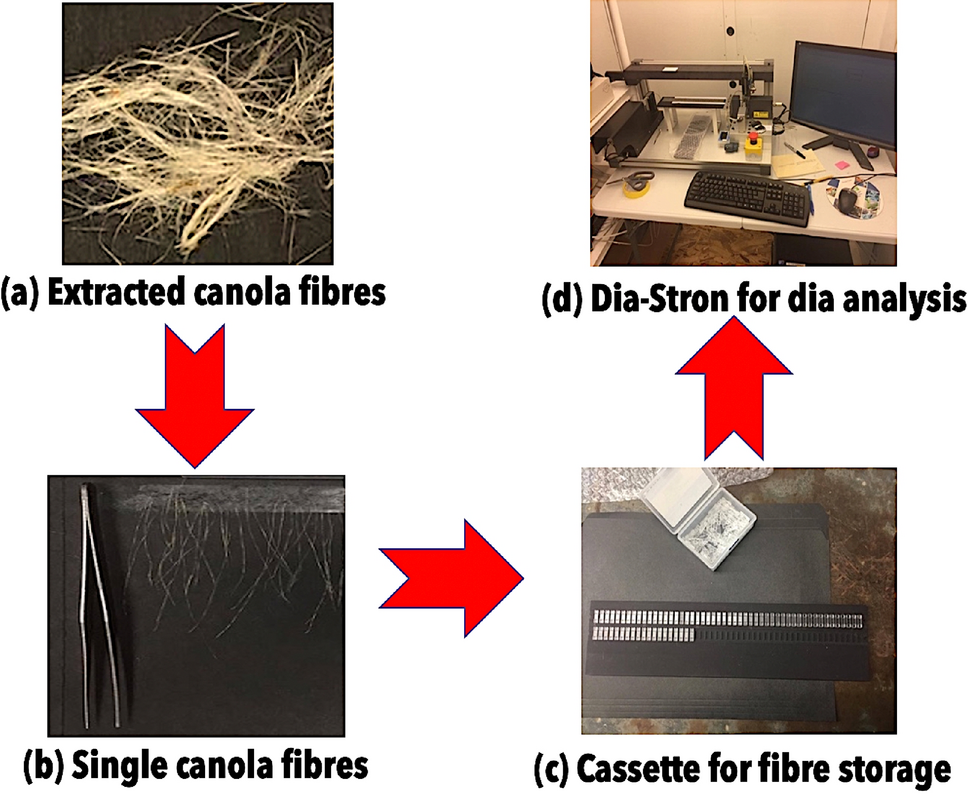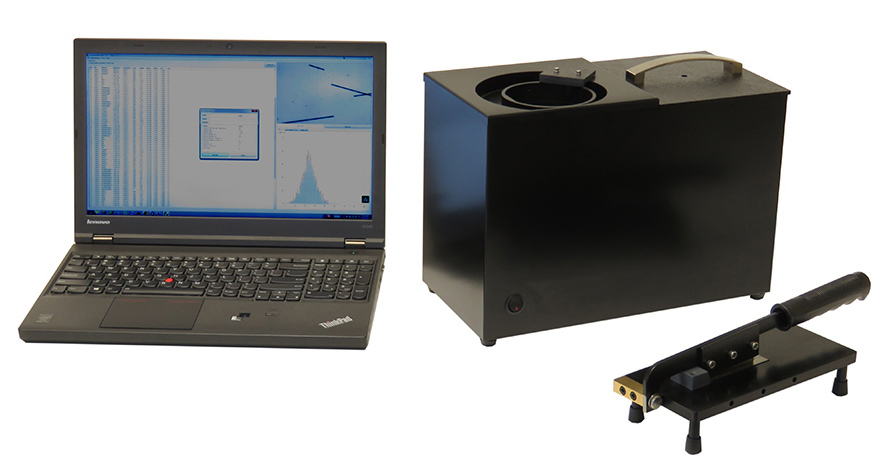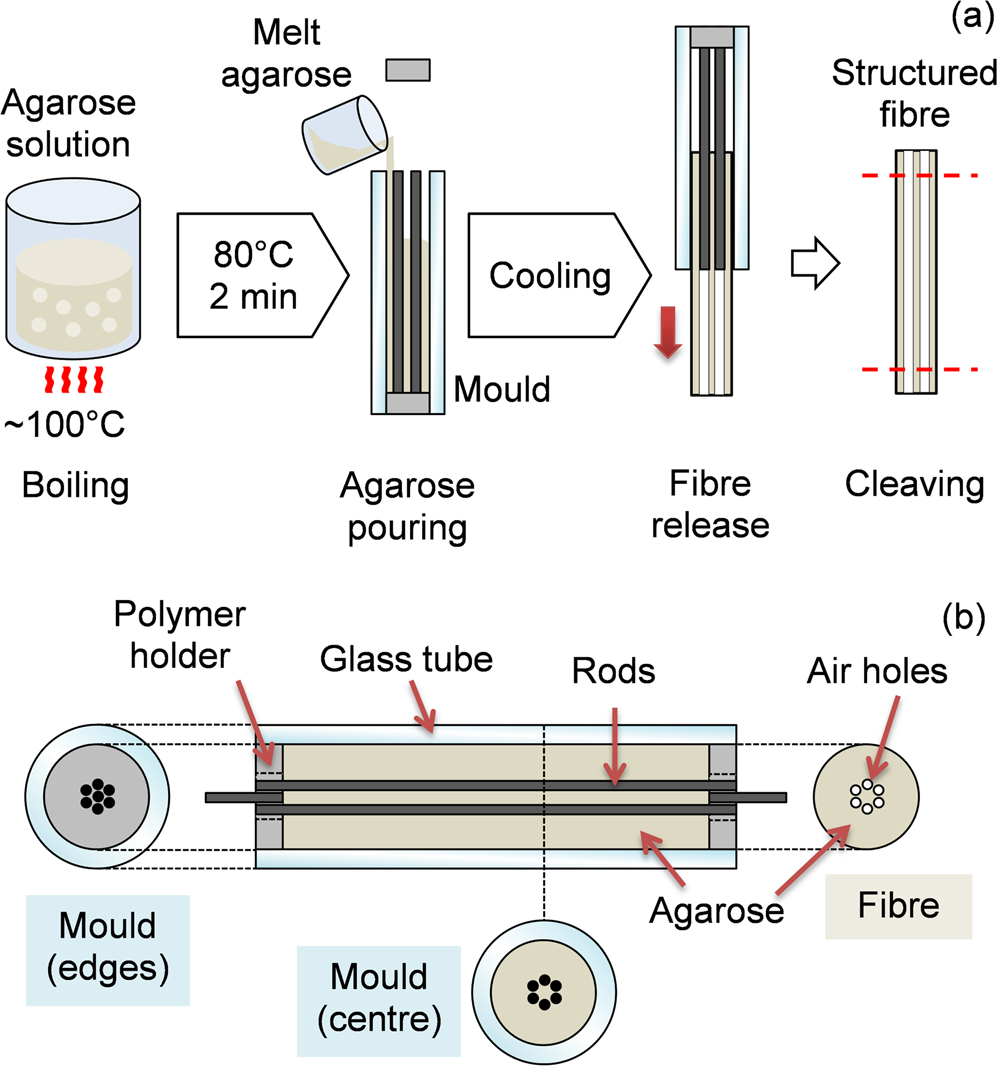Choosing the Optimal Optical Fibre Diameter Analyser for High Precision
Choosing the Optimal Optical Fibre Diameter Analyser for High Precision
Blog Article
Maximize Your Fiber Optic Efficiency: Recognizing Optical Fiber Diameter Analyser Technology
The efficiency of fiber optic systems is seriously affected by the accuracy of their size, an aspect typically ignored in the quest of optimum signal honesty. Understanding the innovation behind optical fiber diameter analysers exposes the elaborate balance between dimension precision and manufacturing top quality. These gadgets not just improve compliance with market criteria but also supply real-time understandings that can preemptively deal with prospective concerns. Nonetheless, the implications of their usage expand beyond simple measurement; they can basically modify the landscape of fibre optic efficiency. What aspects should one consider to harness their full possibility?
Significance of Optical Fibre Size
The diameter of optical fibre plays a crucial role in identifying the performance and efficiency of communication systems. It affects numerous vital parameters, including the setting of light propagation, attenuation, and data transfer capacity. Larger sizes typically enable for several light modes, helping with greater data transmission rates. Alternatively, smaller sizes often tend to sustain fewer settings, which can enhance signal clarity and minimize crosstalk.

Moreover, comprehending the size's ramifications can lead to cost savings by reducing the demand for signal boosting and repeaters in considerable networks (optical fibre diameter analyser). Finally, the significance of optical fiber diameter can not be overemphasized, as it directly influences the total performance and dependability of modern interaction systems

Exactly How Size Affects Signal Quality
Signal high quality in optical fibre systems hinges significantly on the diameter of the fibre. The diameter influences a number of crucial parameters, including attenuation, data transfer, and modal dispersion. A smaller diameter can cause greater attenuation rates, causing signal loss as light travels through the fibre. This attenuation can jeopardize the honesty of the transmitted data, resulting in a decline in signal quality, especially over lengthy distances.
Conversely, larger sizes generally allow for enhanced light capture and lowered modal diffusion, enhancing signal quality. In multimode fibres, a bigger core diameter can sustain multiple light modes, yet it may also introduce intermodal dispersion, which can deteriorate signal quality. For that reason, picking the optimal fibre size is important for accomplishing the preferred performance in certain applications.
Moreover, the interaction in between the fiber diameter and the wavelength of the light used plays a crucial duty in determining the efficient transmission range and overall signal honesty. Understanding exactly how fibre size affects signal top quality is crucial for network additional hints developers and designers striving to enhance optical fibre systems for trustworthy, high-speed information transmission.
Introduction of Diameter Analyser Modern Technology
In many optical fibre production procedures, exact dimension of fibre size is crucial for making sure regular efficiency and top quality (optical fibre diameter analyser). Size analysers are innovative tools designed to examine the physical measurements of optical fibers with high accuracy. They use sophisticated optical and laser technologies to determine the size, ovality, and concentricity of the fibre, thus offering critical data for quality control
These analysers can run in-line during the manufacturing process or as component of off-line testing protocols. In-line systems enable real-time surveillance, allowing makers to change criteria promptly, thus maintaining optimal manufacturing problems. Off-line analysers, on the various other hand, offer comprehensive examinations of sets, ensuring that any discrepancies from specified tolerances are identified and resolved.
Size analysers significantly add to the reduction of flaws in optical fibres, enhancing overall item dependability. By regularly measuring vital parameters, these modern technologies help with conformity with industry standards and specifications. As the demand for high-performance optical fibres remains to climb, the role of diameter analysers becomes increasingly essential in achieving the wanted top quality and performance requirements in fiber optic systems.
Key Functions of Fibre Size Analysers
Although various versions of fibre diameter analysers exist, they generally share numerous key attributes that boost their functionality and reliability. Among one of the most significant features is high-resolution dimension abilities, which make sure accurate size analyses, essential for keeping high quality control in fiber manufacturing. In addition, numerous analysers include sophisticated optical sensors created to find minute variations in fiber diameter, therefore offering invaluable data for procedure optimization.
An additional essential attribute is real-time monitoring, permitting drivers to receive immediate responses on fiber size throughout the manufacturing procedure (optical fibre diameter analyser). This capacity helps with quick changes and decreases the likelihood of issues. Many analysers additionally come furnished with straightforward interfaces, making it possible for drivers to quickly navigate with information and settings results
Additionally, durable data storage and analysis performances are essential for tracking historic performance fads and making certain compliance with market standards. These functions jointly contribute to the efficiency of fibre diameter analysers in optimizing fiber optic efficiency.
Finest Practices for Fiber Optimization

First, normal calibration of optical fiber size analysers is crucial. This ensures accurate measurements and reduces prospective discrepancies that can impact efficiency. Next, preserving a clean workplace is important; dust and impurities can cause signal deterioration.
Furthermore, it is essential to pick fibres that satisfy specific application demands. This involves reviewing aspects such as attenuation, bandwidth, and ecological problems. Proper installation strategies ought to likewise be stuck to, consisting of preventing sharp bends and excessive tension, which can jeopardize fiber integrity.
Furthermore, employing great site innovative surveillance systems see this here can help with real-time efficiency analyses, allowing timely identification of issues. Routine testing and upkeep ought to be conducted to guarantee that fibers stay within optimum operational parameters.
Finally, training workers on the most recent fiber optimization technologies and methods will certainly boost their capability to apply effective approaches. By following these ideal methods, companies can substantially improve the performance and lifespan of their optical fiber systems, making sure effective interaction and data transfer.
Conclusion
In final thought, the integration of optical fiber diameter analyser technology is crucial for optimizing fibre optic efficiency. By guaranteeing accurate dimensions of fiber measurements, these analysers substantially improve signal quality and minimize losses during data transmission.
Signal high quality in optical fibre systems hinges dramatically on the diameter of the fibre.In lots of optical fiber manufacturing procedures, precise dimension of fiber size is necessary for making certain consistent performance and quality. As the demand for high-performance optical fibres proceeds to climb, the duty of diameter analysers ends up being increasingly crucial in accomplishing the preferred high quality and efficiency standards in fiber optic systems.
These features jointly contribute to the effectiveness of fibre diameter analysers in optimizing fibre optic efficiency.
In conclusion, the combination of optical fiber size analyser technology is essential for taking full advantage of fibre optic efficiency.
Report this page